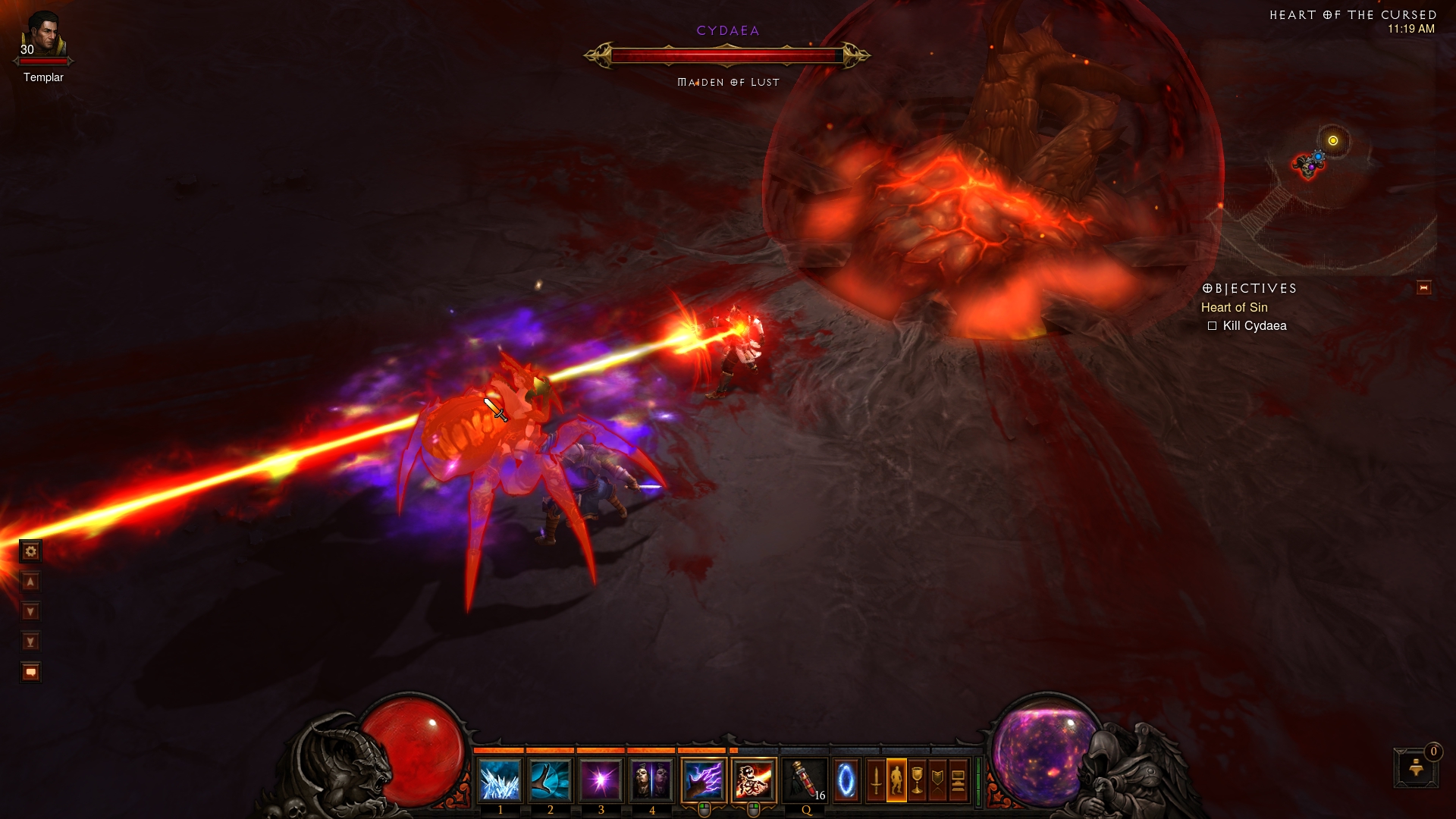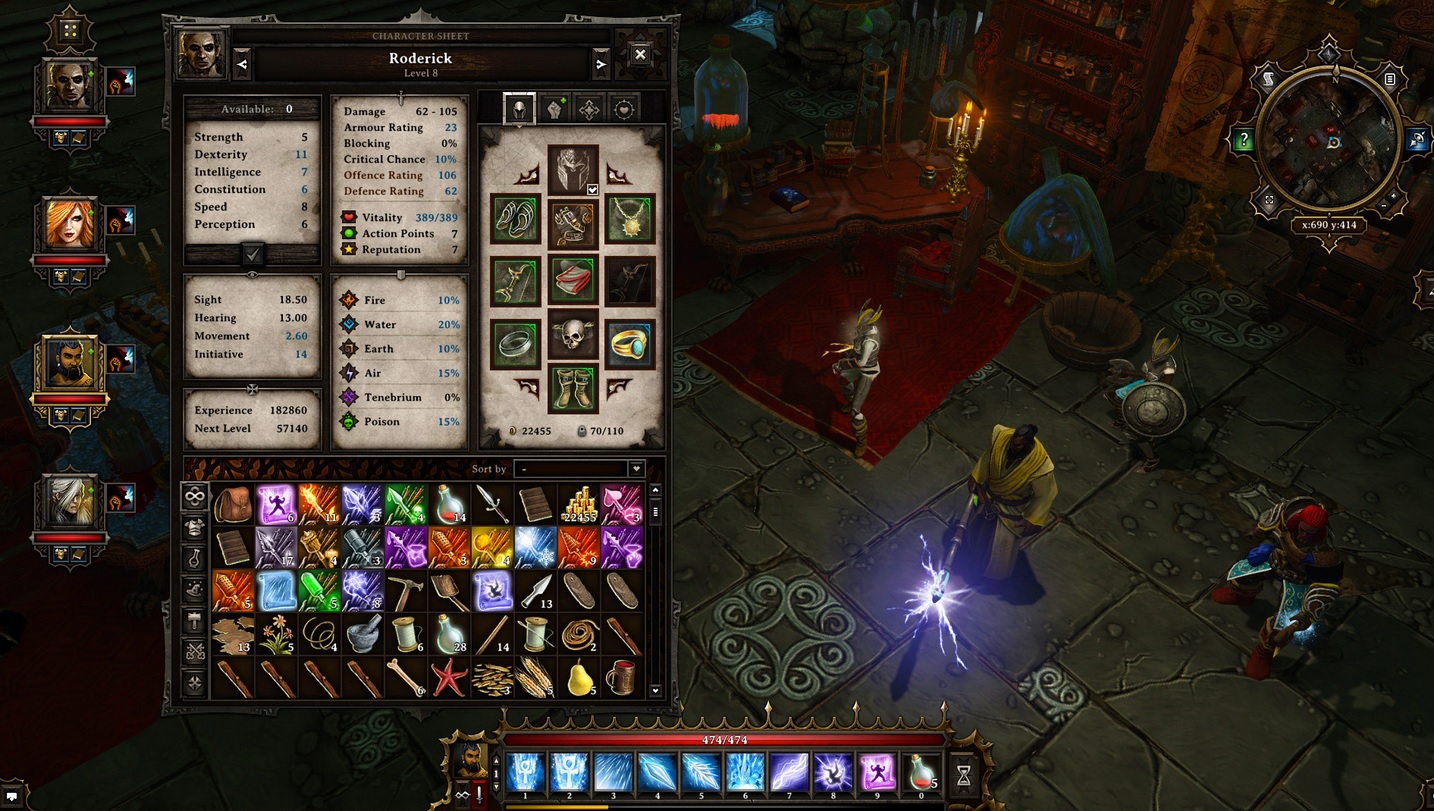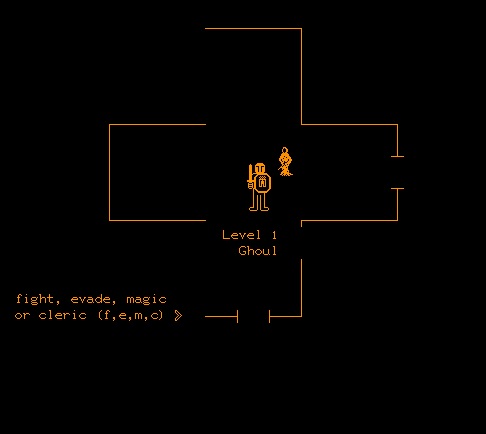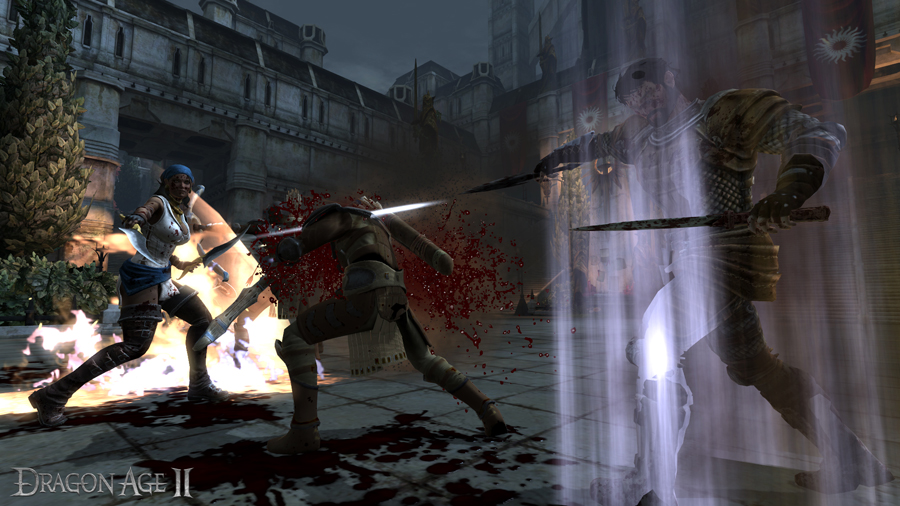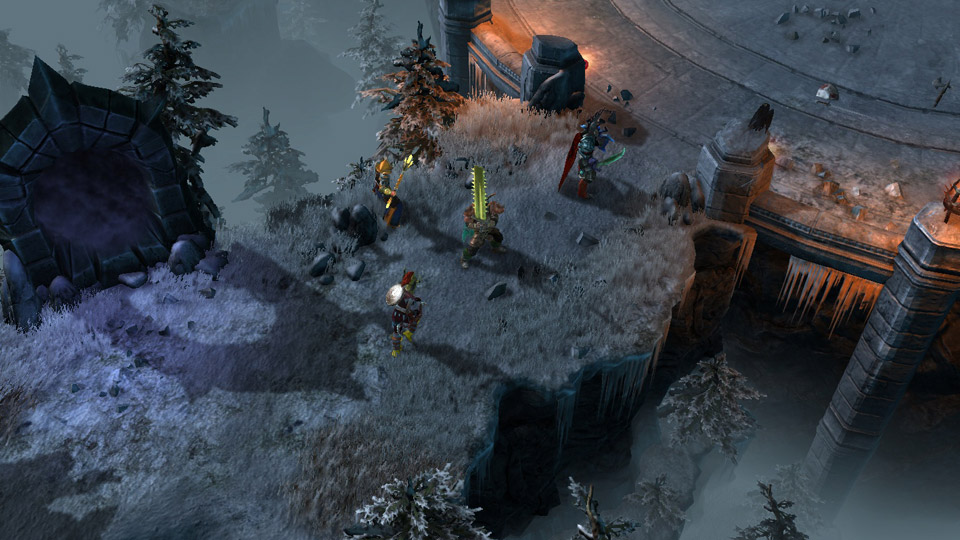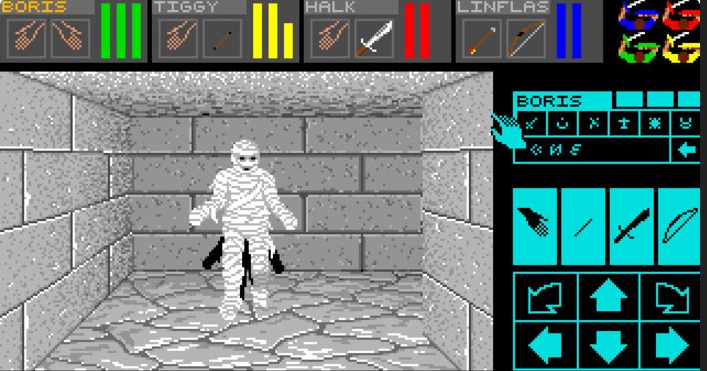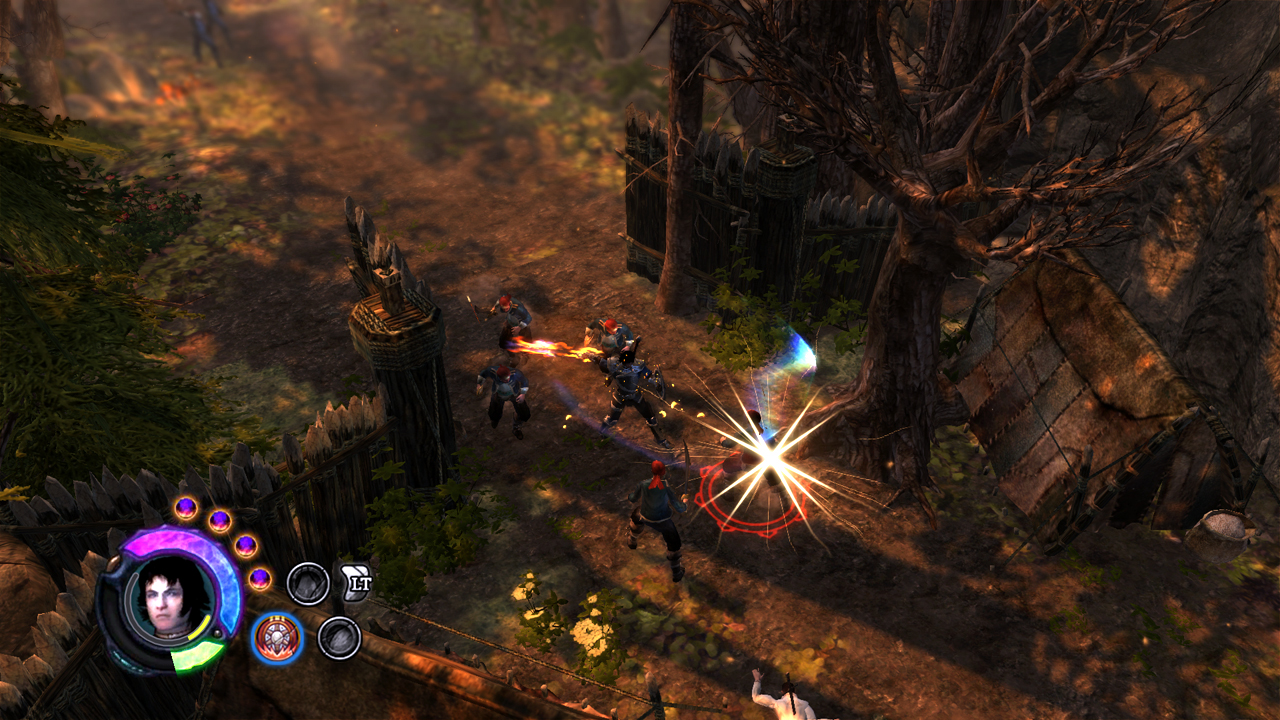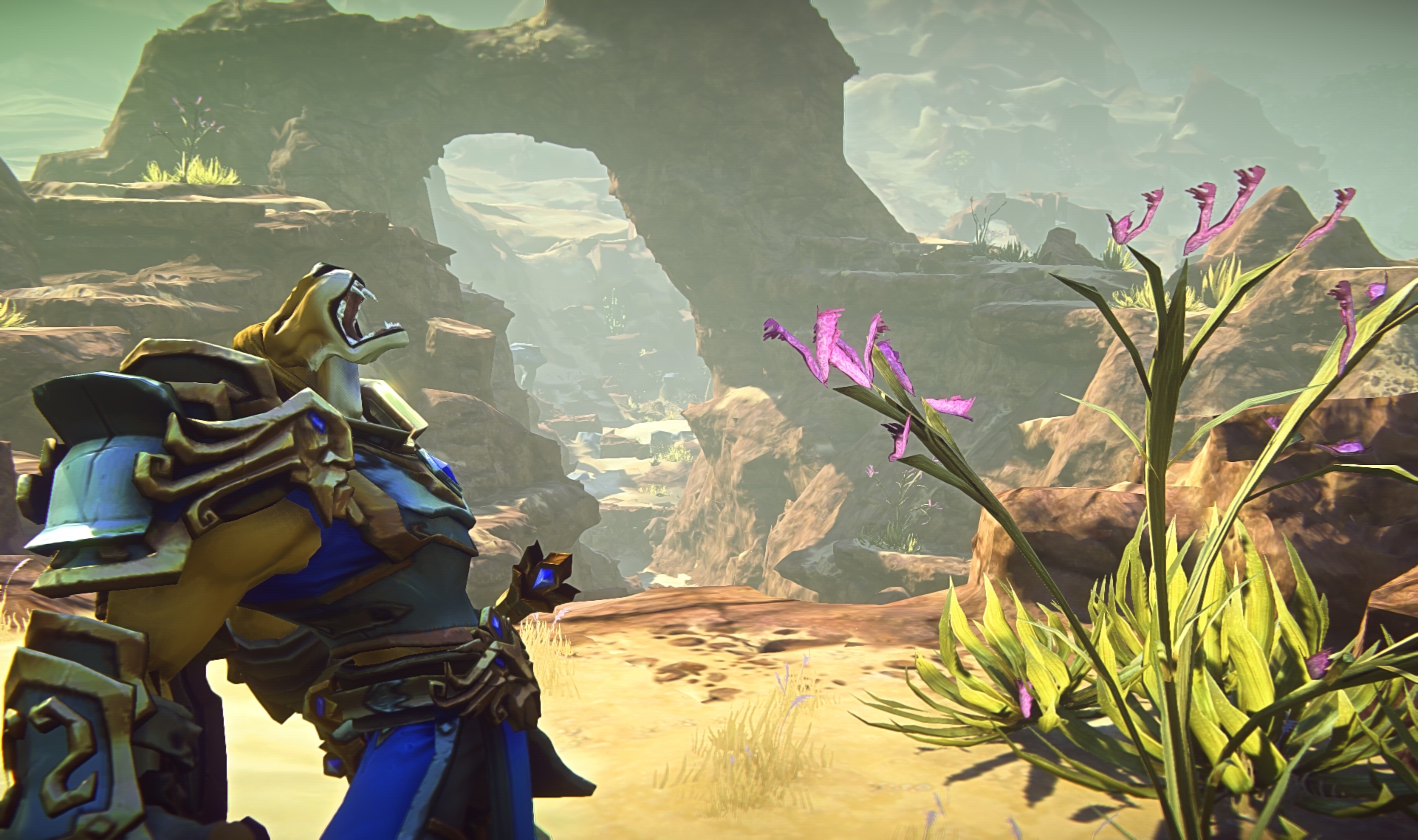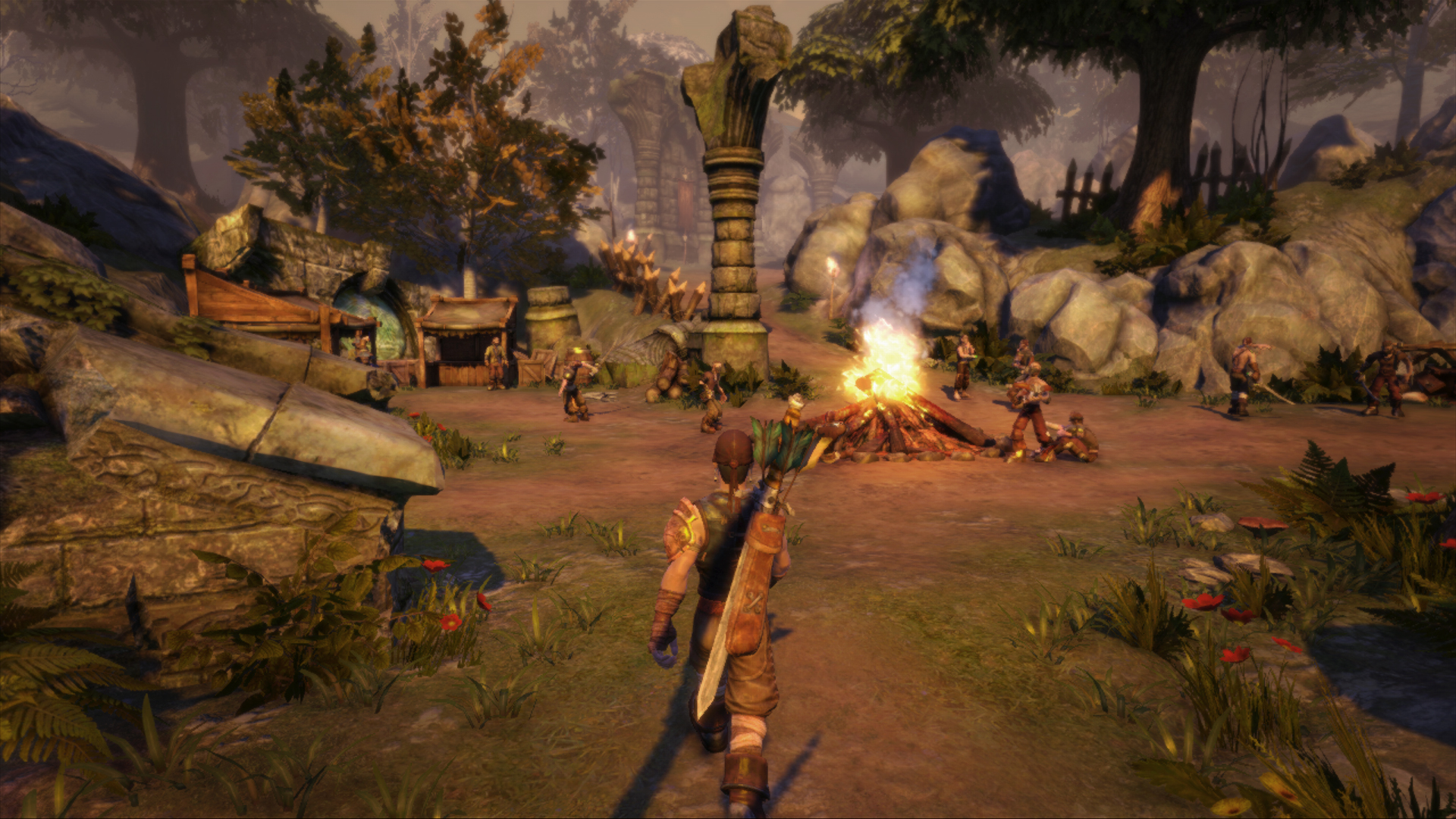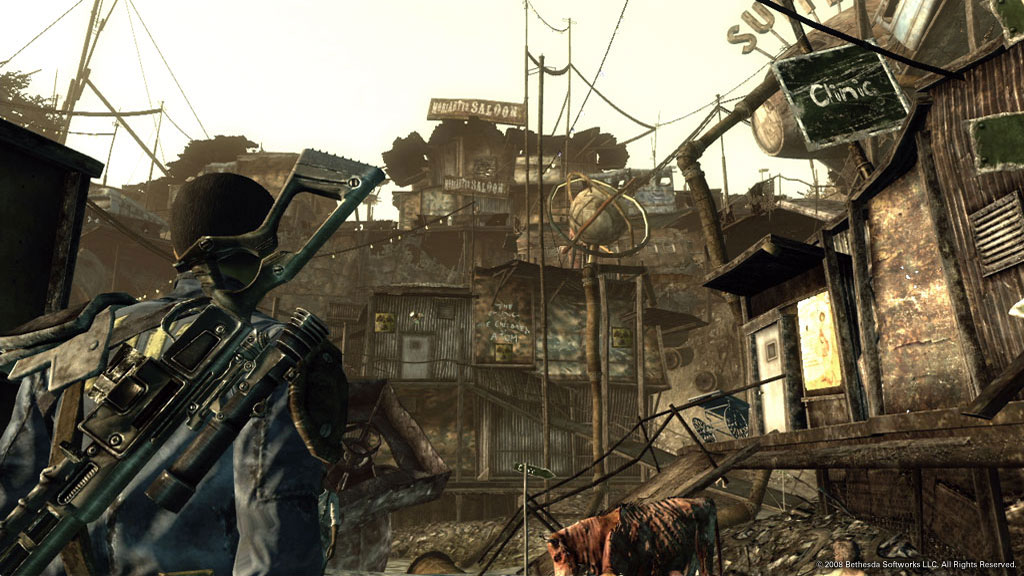In Pictures: Tom's Top 50 RPGs
Today we take a journey spanning 40 years of role-playing games (RPGs). Exciting examples range from classics like the Ultima series to the modern blockbuster Skyrim. Old or new, the following 50 games left their mark on the genre.
Diablo (1997), Diablo II (2000), Diablo III (2012)
Nobody has perfected the combination of hack-and-slash and looting quite as well as the makers of Diablo. Countless hours can, and often will, be spent in front of the computer killing monsters and leveling the character.
You can chose from a variety of different classes, such as melee fighter, wizard, archer or summoner. Each class has a unique ability, which is particularly important for multi-player mode.
For many, Diablo’s second installment, Lord of Destruction, is the pinnacle of action role-playing games.
Divine Divinity (2002), Beyond Divinity (2004), Divinity II: Ego Draconis (2009), Divinity: Original Sin (2014)
The Divinity games by Larian Studios are a special case. The first two titles in the series feature hack-and-slash gameplay like Diablo, but Divinity II: Ego Draconis switched to third-person view and even allowed the player to become a flying dragon.
The series’ current installment, Divinity: Original Sin, is predominantly turn-based and generally old-school. It’s a hidden gem!
You really can’t say that the developer doesn’t take risks with experimentation, seeing all the different styles of gameplay that the Divinity series has to offer.
dnd (1974)
dnd is considered to be the oldest PC role-playing game. Gary Whisenhunt and Ray Wood developed the title in 1974 at the University of Illinois. It let you create your own character, explore a dungeon, fight monsters and improve the hero.
Get Tom's Hardware's best news and in-depth reviews, straight to your inbox.
Sound familiar? In fact, all common RPG elements were already included in the granddaddy of RPGs. The game even featured magic and a simple trading system.
By the way, the name dnd is a reference to the pen-and-paper game Dungeons & Dragons, which came out in the same year.
Dragon Age: Origins (2009), Dragon Age II (2011), Dragon Age: Inquisition (2014)
What made Dragon Age: Origins special is stated right in the title: the player could choose the character’s origins. For instance, as a dwarf, you could decide if you wanted to start the game as a noble or a commoner.
As an RPG, the first installment in the series was the most impressive. It featured a gripping, mature story with characters just as memorable as those of Baldur’s Gate and many different possible conclusions.
The second part didn't quite live up to the expectations set by its predecessor, though it still made for a popular title. The third installment added more of an open-world style and greater scope to the game, but it was plagued by technical difficulties when it launched in late 2014.
Drakensang (2008), Drakensang: The River Of Time (2010), Drakensang Online (2011)
Drakensang is a great series for fans of the RPG game system The Dark Eye. It represents TDE’s atmosphere well.
The free-to-play title Drakensang Online is a departure from the first two installments’ genre. It features less role-playing and more hack-and-slash action.
Dungeon Master (1987)
Dungeon Master is another RPG classic from the early days of the genre. Its big innovation was real-time gameplay. It combined the usual turn-based RPGs of the time with the more dynamic nature of action adventures using graphics that were advanced back then.
Dungeon Master effectively founded an entire new subgenre, which lives on today in the form of games like Legend of Grimrock. The game’s difficulty level was just as legendary (which is to say incredibly high) as the game itself.
Dungeon Siege (2002), Dungeon Siege II (2005), Dungeon Siege III (2011)
Dungeon Siege received a lot of hype as the “Diablo killer” before it was even out. It ended up being a good, but not stellar, action RPG. Its highlights were nice graphics and a large game world. The second and third iterations were solid games as well, even though the latter was developed by Obsidian, as opposed to Gas Powered Games.
Interestingly, there’s a movie based on the game directed by Uwe Boll and starring Jason Statham: In the Name of the King: A Dungeon Siege Tale.
EverQuest (1999), EverQuest II (2004)
EverQuest was published in 1999 as a classic MMORPG with a monthly subscription fee. You get to choose from several races and classes, and then set out on epic adventures in the world of Norrath. EverQuest is one of the old MMORPG classics that helped to establish the genre.
The second installment came out in 2004 and directly competed with World of Warcraft. It went free-to-play in 2011.
Fable: The Lost Chapters (2005), Fable II (2008), Fable III (2011)
The Fable games put character development front and center. The hero is played from childhood to old age and can even marry and have children.
Eating a lot makes the hero fat, and carrying around heavy weapons a lot makes your character muscular. The avatar's looks also impact the environment – close attention needs to be paid to both the haircut and wardrobe.
The third part changes the setting from a fantasy world to a steampunk scenario. The Fable series by Lionhead Studios is definitely one of the most ambitious RPG series out there.
Fallout (1997), Fallout 2 (1998), Fallout 3 (2008), Fallout: New Vegas (2010)
If you enjoy post-apocalyptic scenarios, you'll definitely find what you're looking for with the Fallout series. Few games have managed to depict a world after the nuclear Armageddon as oppressively and realistically as this one.
The third part, in particular, is one of the best RPGs in recent memory. It’s great fun to make your way through a godforsaken radioactive wasteland all alone and never feel quite safe.
Fallout 3 also managed to incorporate some humor in its otherwise bleak locations. In the city of Megaton, for instance, inhabitants pray to a (still operational) atom bomb. The Fallout series is also known for its bizarre and memorable characters, which you meet along the way.
-
babernet_1 Please don't use this format. I can only jump from the first to the second picture then it locks up.Reply
EDIT
Okay, it was addblock plus. I disabled it for this site and now the presentation works.
Very clever, Toms Hardware.
-
zero messiah "The most notable titles are Final Fantasy VII and Final Fantasy IX. The former was the first game in the series to feature 3D graphics and sold approximately 10 million copies worldwide. The latter was the first MMORPG in the series, which is now being continued with Final Fantasy XIV."Reply
Final fantasy IX is for Playstation 1 and is not an mmorpg. FF 11 is the first mmo for the series, and if you want to talk about the most notable, FF 7 and 6 are.
-
synphul I agree, ff6 and 7 were pretty notable. The ff series came a long way since the first one on the nes. Loved that game, got me hooked. They had a few mediocre titles but most of them were pretty good.Reply -
Super_Nova It's a real shame that The Phantasy Star series was left out. I also miss Shining Force in the list.Reply -
bit_user Reply
Maybe upgrade your browser, or at least use a HTML 5 compliant browser for this site? It doesn't seem fair that sites should have to cater to the lowest common denominator, like it's 1999 or something.15347117 said:Please don't use this format. I can only jump from the first to the second picture then it locks up.
-
bit_user Reply
That's the problem with these articles. A few people will always be upset that some of their favorite games got left out.15347603 said:It's a real shame that The Phantasy Star series was left out. I also miss Shining Force in the list.
I actually wonder how much of that is due to games that perhaps weren't that great, but the person either hasn't played a wide variety or maybe it was just during their younger years so it made a greater impression on them than it would now. I'm not saying that applies to either of the titles you mentioned, since I haven't played them.
It does seem a bit odd how various different subgenres were combined into a single list. Such as turn-based, realtime, and MMORPGs. I wonder if some of these titles mightn't have even qualified as adventure games.
-
nukemaster Reply
I highly doubt they are using a browser that can not support the site.15348011 said:
Maybe upgrade your browser, or at least use a HTML 5 compliant browser for this site? It doesn't seem fair that sites should have to cater to the lowest common denominator, like it's 1999 or something.15347117 said:Please don't use this format. I can only jump from the first to the second picture then it locks up.
It is more likely they have Adblock or another plugin/addon installed that is messing with the page(I would also guess firefox as the web browser). It does have some negative side effects because the assets for the site can be hosted on various servers.
If the lowest common demonstrator was not main factor in webpages we would not be back to the 90's with animated gif's being more popular than videos online because cell phones/tablets do not always work with video sharing sites(flash limit, not that FLV playback would have caused any of these battery issues users claimed). An mp4 video actually takes less space than these gifs at the same frame rate and resolution(all without the 8-bit color limitation).
